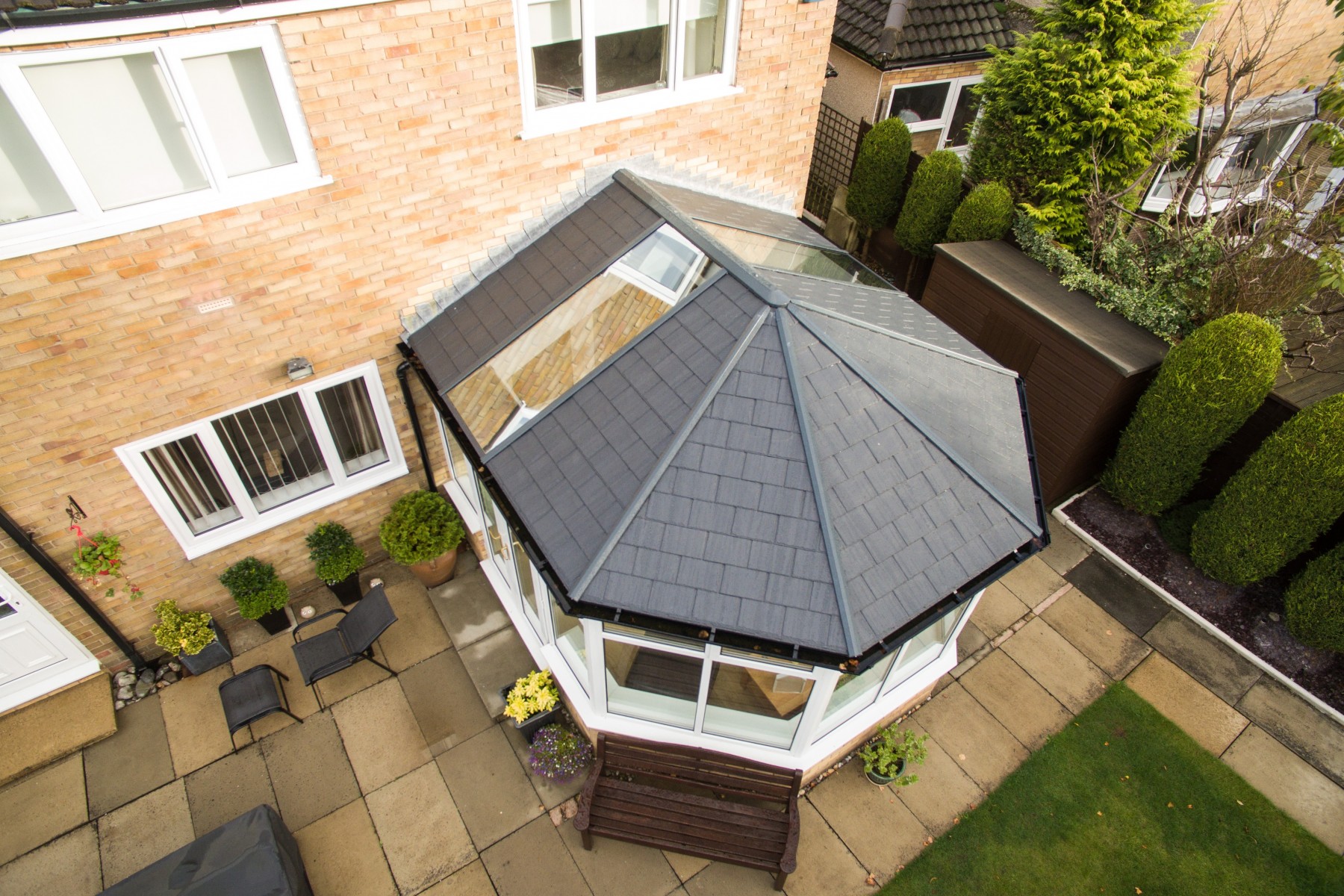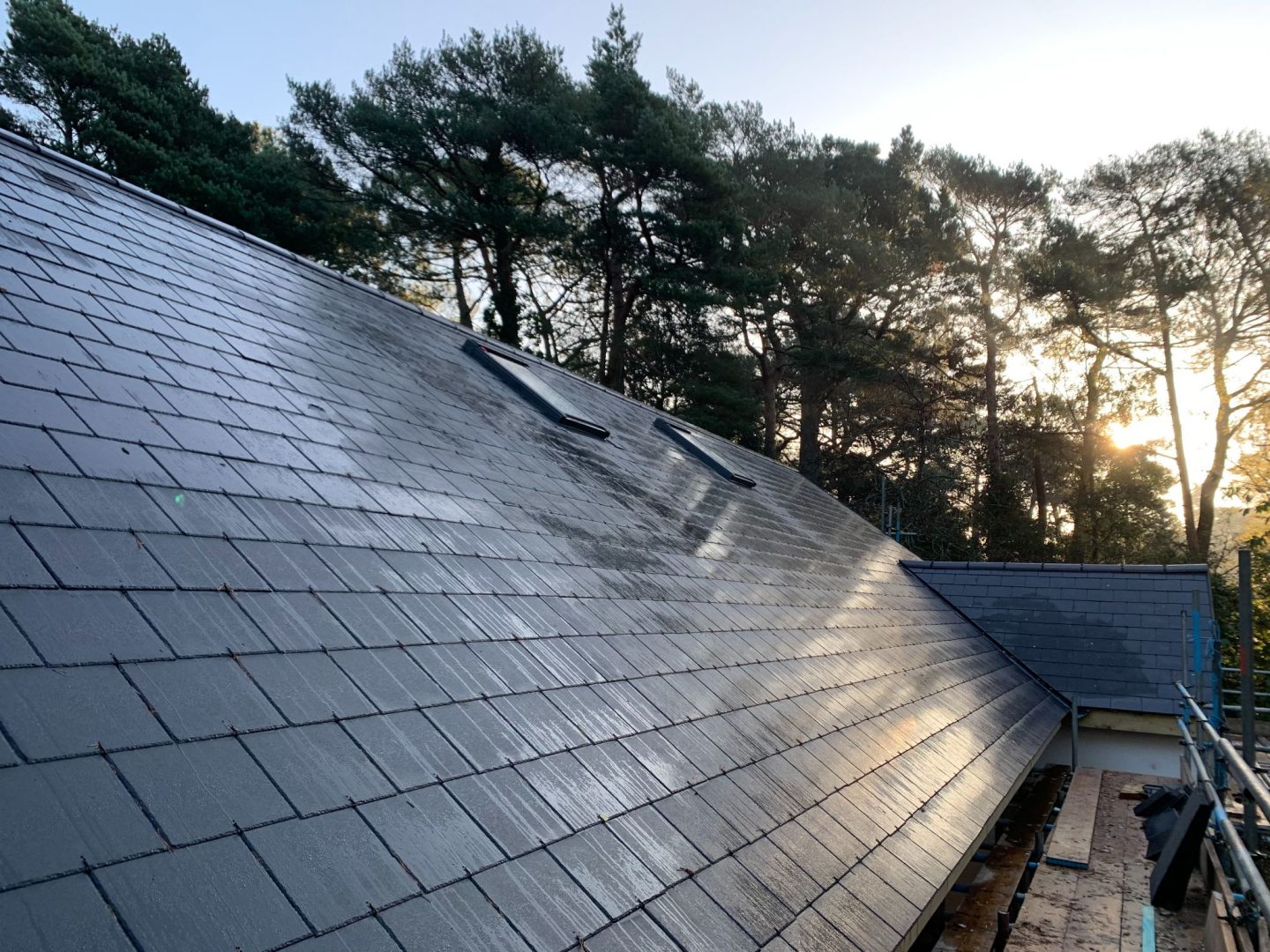Roofs in the UK are subjected year round to a variety of weather conditions. The constant exposure to weather conditions, from heavy rain and snowfall in winter to high winds and fluctuating temperature can wear down roofing materials. These environmental factors over time can cause roof damage. In some cases, a replacement may be the only solution. Roof replacement is a significant undertaking, but it is essential for maintaining the structural integrity of a home and preventing costly repairs in the future. Knowing when to replace your roof, whether it's leaking or old, is essential to protecting your home.

A roof replacement is necessary when the damage to a roof is beyond repair. Regular wear and tear, along with age, can lead to roof deterioration, which may result in leaks, sagging, or the loss of shingles. The most common materials used for roofing in the UK include tiles, slates, and flat roofs, each of which has its own lifespan. For example, traditional clay or concrete tiles can last for around 50 years or more, while asphalt shingles typically last between 20 and 30 years. Replacement is the best solution when these materials start to break down. This will prevent any further structural and interior damage. Roof replacement is not just about aesthetics; it is crucial for ensuring the safety and protection of your home.
Material choice plays a critical role in the effectiveness and longevity of a new roof. Homeowners in the UK must not only consider the look of the roofing material but also how it performs in local weather conditions and whether it complies with regional building regulations. Slate is a popular choice for its durability and natural beauty, particularly in older buildings or those listed. Clay tiles offer a traditional look while offering excellent insulation. Synthetic slate and lightweight composite tiles are modern options that mimic traditional materials, but offer improved durability and installation ease. In urban areas green roofing is also becoming more popular due to its environmental benefits. Budget, aesthetics, structural capacity and other environmental factors such as wind exposure or growth of moss will determine the right roofing material.
The cost of a Typical roof replacement prices in the UK varies depending on several factors including the size of the roof, the materials chosen, and the complexity of the job. The average cost of a three-bedroom home is between 5,000 to 12,000, but costs may be higher if the house is larger or complex. The cost of labour is a major part of the project, which makes it important to hire a reliable contractor with experience. Ask for written estimates, read reviews and ensure the contractor is certified and insured by an accredited trade association. In some cases, local councils or government schemes may offer financial assistance or incentives for roof replacements that improve energy efficiency. A new roof will add value and peace of mind to your house for many years. To obtain added information please head to Roofadvisor

When planning to replace a roof in the UK, timing is incredibly important. The best time for such a project is during the spring or early autumn, when weather conditions are generally more predictable. Cold winters and wet summers can cause project delays or complications, especially if the roof is left exposed for too long. Homeowners should also consider how long the work will take; typically, a full roof replacement takes between one and two weeks, depending on the size and complexity of the property. Scaffolding may be installed and there will likely be more noise than normal during this period. Planning ahead by informing neighbours and preparing for minor disruptions can make the experience smoother. A well-organised roofing team will work efficiently to complete the job while ensuring safety and cleanliness throughout the process.
Roof replacement in the UK is an essential part of long-term home maintenance and should not be delayed once signs of significant wear appear. Installing a new roof properly will protect your home from harsh weather conditions, increase insulation and add value to the property. With a range of materials and styles to choose from, as well as evolving technologies, homeowners can tailor their new roof to fit both aesthetic preferences and practical needs. Although the cost can be considerable, the long-term benefits - including energy savings, structural safety, and peace of mind - make it a worthwhile investment. Careful planning, the right contractor, and informed decision-making are the keys to a successful roof replacement. Replacing an old roof can be a smart investment for UK homeowners who want to safeguard their home's value over the next few decades.
